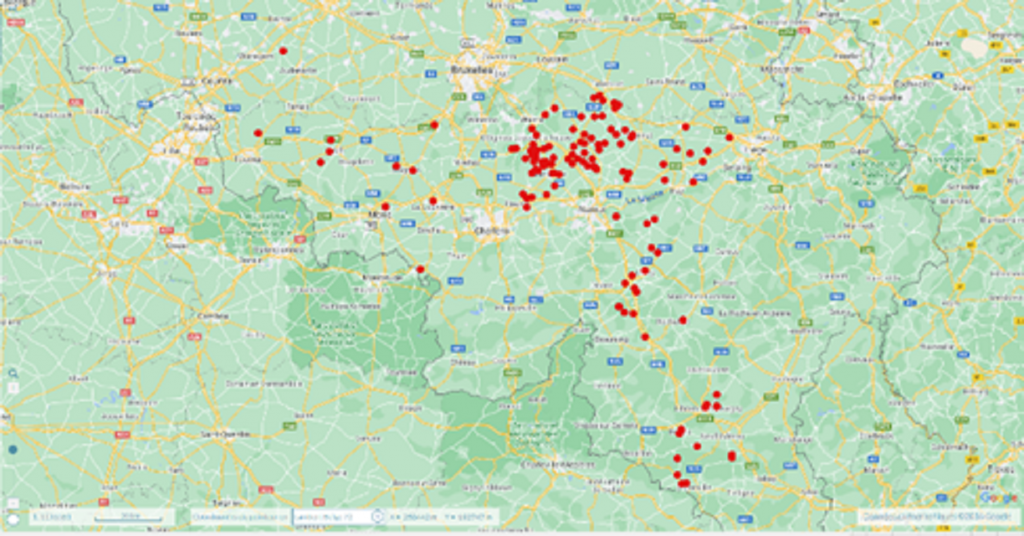Crop protection at the origin of phytopharmacy
Historically, growers have sought to protect their crops against pests, diseases and weeds. Until the interwar period, crop protection remained essentially mechanical and manual. We saw the common use of products based on copper, sulphur and much worse, based on lead arsenate! After the Second World War, a new discipline emerged: phytopharmacy. It was in 1946 that a Station dedicated to this discipline, based on the use of pesticides, was created at CRA-W. Crop protection then experienced a revolution, to such an extent that it was abused. While as early as 1962, Rachel Carson, an early whistleblower, was worried about the consequences of the use of these products, it was not until the 1990s that measures were taken to better supervise their placing on the market.
Towards more sustainable crop protection methods
Currently, thanks to research, crop protection is no longer so dependent on the use of phytopharmaceutical products. The gradual emergence of integrated pest management (IPM) and biological control has made it possible to reduce their use. In organic farming, the approach is much more systemic and uses products of natural origin. These management methods that are more respectful of the environment are based both on the common sense of farmers and on the progress of research.
Make pest management strategies available
The approach is divided into several stages: detection, identification, understanding, strategy definition, and finally, transmission. For years, CRA-W researchers have been monitoring agricultural and forest land using field observations, traps, sensors, and nowadays, drones and aerial data to detect the presence or emergence of bio-aggressors. In addition to the experience of researchers and technicians, new techniques such as PCR tests, barcoding, etc., are continually being developed to precisely identify pests, diseases or weeds. Then, CRA-W teams seek to understand the functioning of these organisms by studying their biology in order to define the most appropriate overall control strategies. Once acquired, all this knowledge from laboratories and trial fields is transferred to producers and managers in the form of advice, warnings or decision













